The celebrated Mr. K brings you the greatest comics that never really stood a chance…
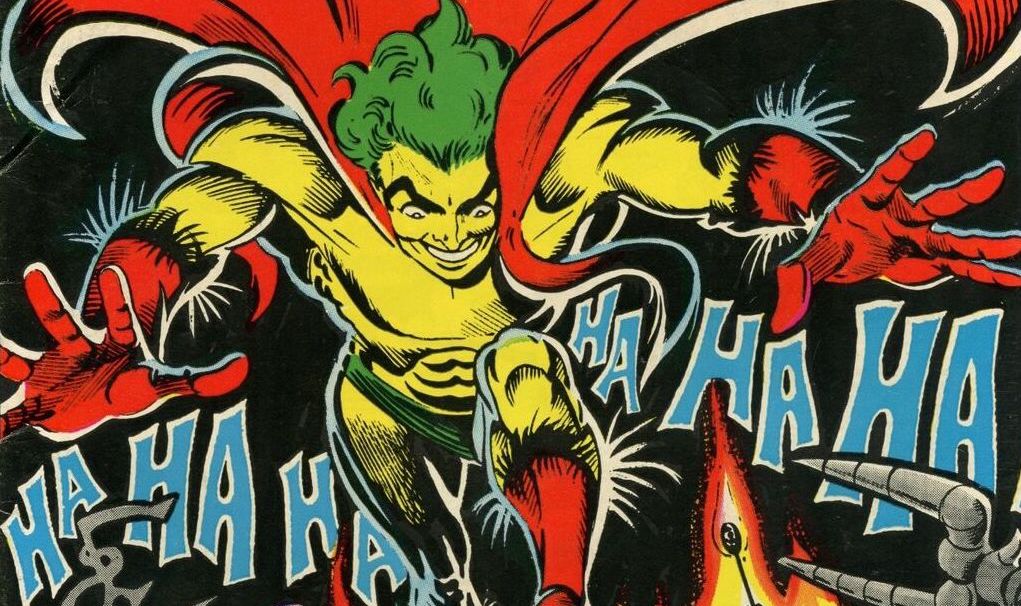
—
UPDATED 10/6/23: One of my fave things to do is go back into the 13th Dimension vaults and find random stories that I dig so much, I want to “reprint” them, as they say in the vernacular. Here’s one from columnist Paul Kupperberg that first ran in October 2020, just as Paul was becoming a regular here. Dig it! — Dan
—
Hey, for the fifth week in a row, comics vet Paul Kupperberg is making an appearance at 13th Dimension. This officially makes him a regular 13th Dimension contributor — and yes, there will be a parade once all of us can leave our homes and gather in safety.
Anyway, let’s get right to Paul’s MY 13 FAVORITE SHORT-LIVED SERIES OF THE 1960s:
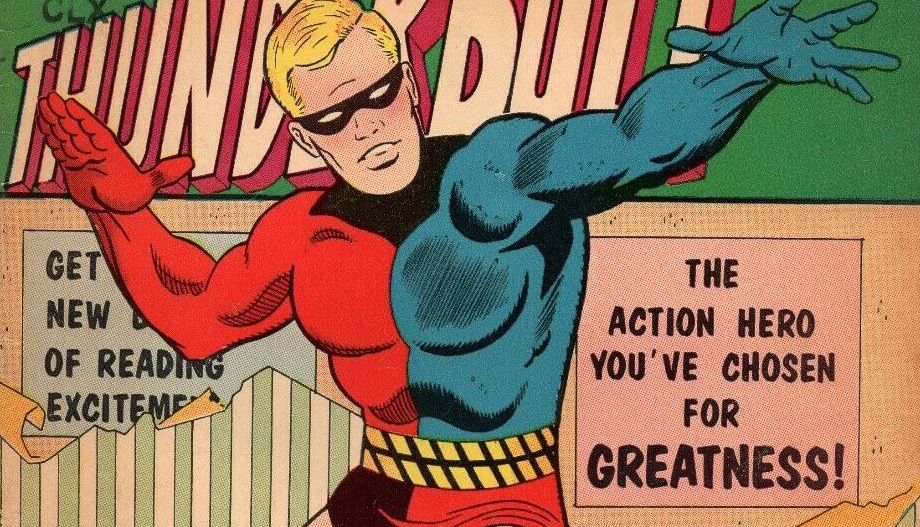
—
By PAUL KUPPERBERG
Just to be clear, I could have made this my 33 Favorite Short-Lived Series of the 1960s and still have hardly scratched the surface. The mid-1960s was my Golden Age of Comics.
I was born in 1955, so I was entering that sweet spot of pop culture addiction just as the 1966 Batman TV show hit the airwaves, sparking the campy, Pop Art era of comics during which sales perked up, new publishers popped up, and the established publishers revved up their outputs.
Marvel was just starting to come into its own and DC was shaking off some of its stodginess as new blood like Denny O’Neil, Cary Bates, Steve Skeates and Neal Adams began upping the game for their peers. Everyone was having a go at superheroes, from Otto Binder and C.C. Beck’s inane Fatman the Human Flying Saucer for Lightning Comics to Steve Ditko’s philosophical Question and Blue Beetle at Charlton.
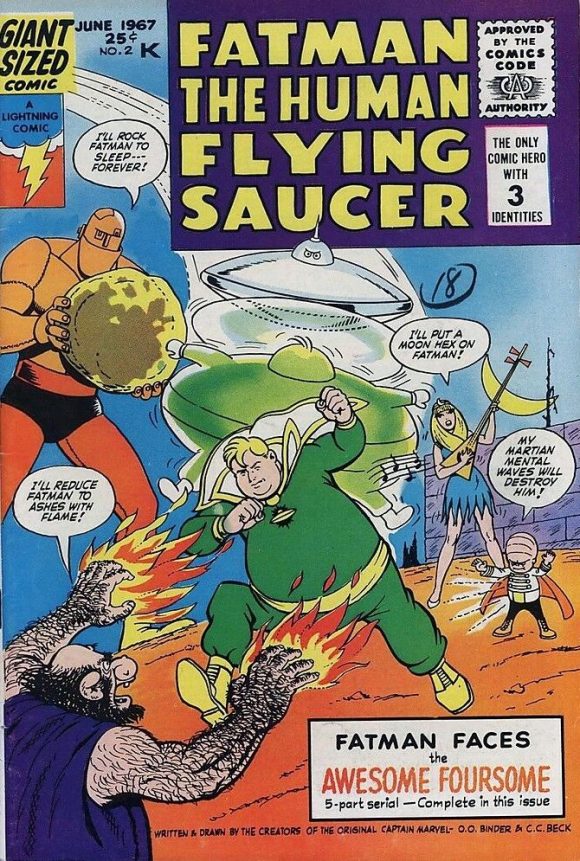
It was a time when we were literally kids given free rein in a candy store, because candy stores (and drugstores and stationery stores, etc.) were where us kids went every week to seek out whatever new four-color treasures awaited us on the newsstand.
These are the comics I read and reread, the ones I’d grab to take on long car rides or boring visits to relative’s houses.
—
1. Super Heroes #1-4 (Dell Comics, January–June 1967)
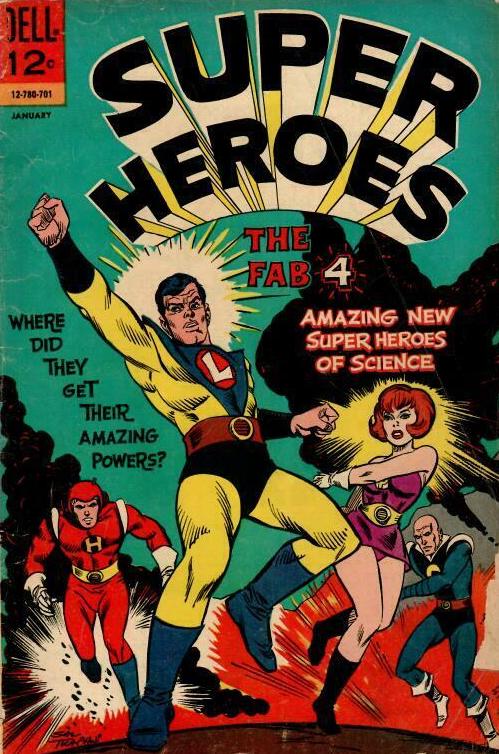
Putting aside that this is a serious contender for “Worst Comic Book Series Ever,” I loved Super Heroes, one of several of Dell’s sorry attempts at superheroes during the boom. They were fine with funny animals and movie/TV adaptations, but action/adventure?
The story is about four teens (Dan, Polly, Tom and Reb, who says “y’all” a lot) who are able to transfer their minds into a quartet of super-powered androids (El, for Electricity, Polymer Polly, Hy and Crispy) called the Fab Four after an accident caused by the bad guy, Dr. Luuki. How bad is it? It’s been 53 years since it was published, and no one has ever claimed credit for writing it.
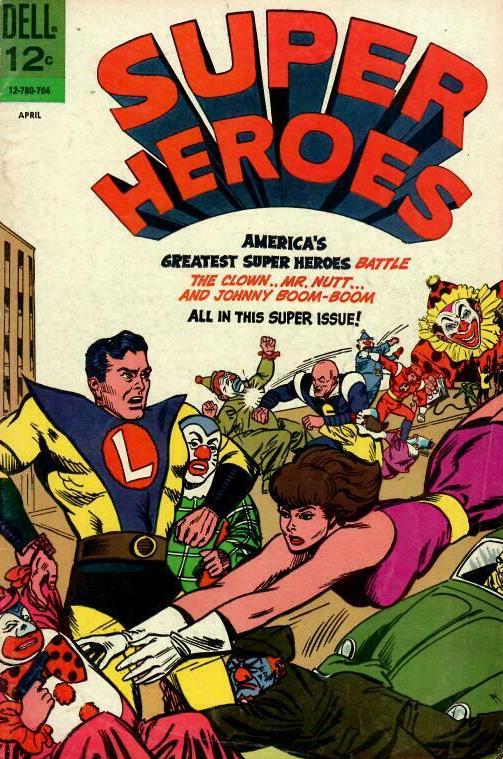
The art, on the other hand, is well established as having been done by Sal Trapani, a Charlton Comics veteran and later DC Comics inker. He was what I like to call a “quirky” artist, but what many fans call a “schlock” artist (I’ll admit, one of the secrets to Sal’s success was he was Dick Giordano’s brother-in-law).
But as with most artists of the time who shared that designation (Paul Reinman, Chic Stone, Dick Ayers, et al), I was and remain a fan (Sal would ink, with distinction, I might add, a stretch of my writing run on the 1990s Superman newspaper comic strip over Jose Delbo).
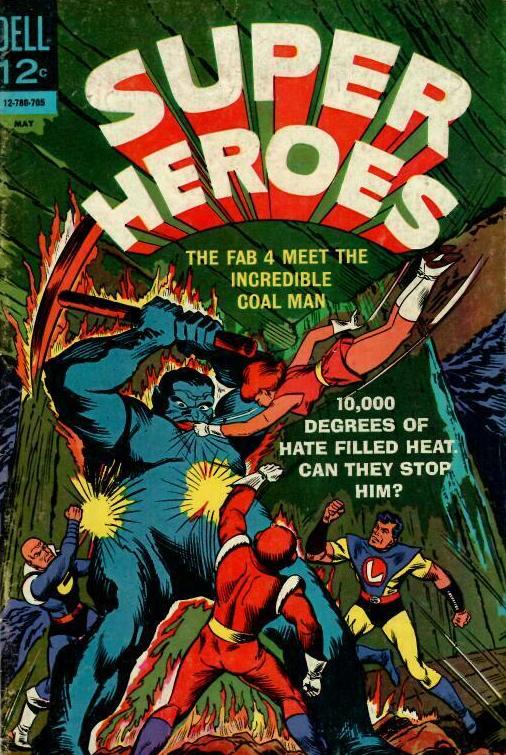
These were journeyman artists who sat down to do the best work they could under the circumstances and if it wasn’t always great, I like to think it was always earnest and well intended. Besides, I’ve always identified with the underdog.
—
2. Captain Action #1-5 (DC Comics, October/November 1968–June/July 1969)
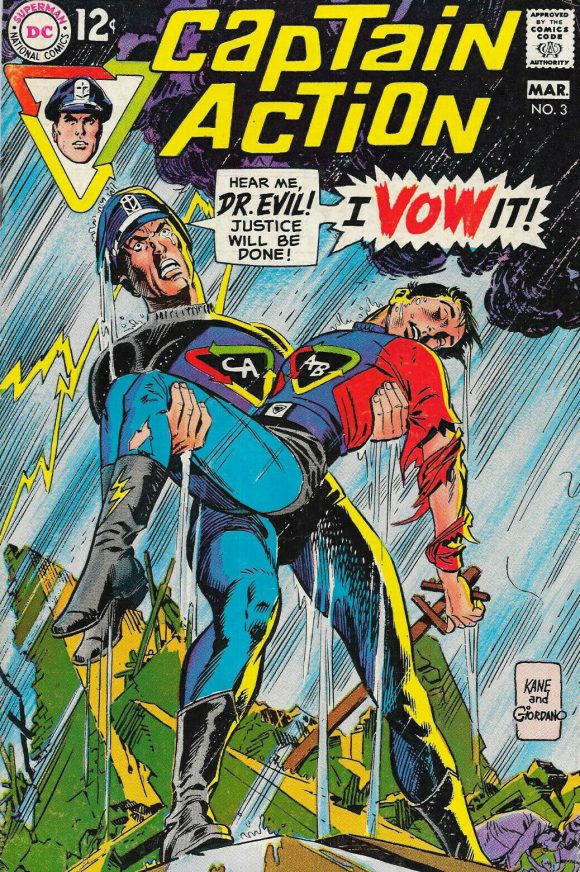
No quibbles about the art on Captain Action, a short-lived series originally written by Jim Shooter that featured work by both Wally Wood and Gil Kane. Separately and together. Not shabby, especially for a comic based on a licensed property, a 12-inch superhero action figure — Ideal’s answer to Mattel’s G.I. Joe — which, in turn, had garnered from DC Comics the right to reproduce the costumes and likenesses of Superman, Batman, and Aquaman.
I once asked Julie Schwartz, who inherited the title from the retiring Mort Weisinger with #3, about the series and he said (and I paraphrase), “I didn’t know what the hell Gil (who was writing as well as drawing the title) was doing in that book, but it didn’t really matter. No one was paying attention, and as soon as the first sales figure came in, we cancelled it.”
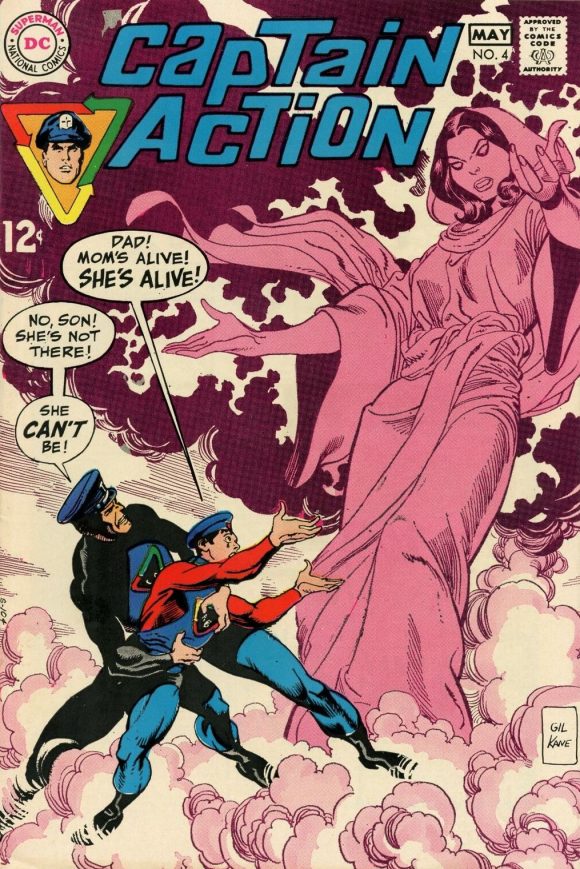
Gil had taken the story off on a weird, transcendent, LSD head-trip (yes, there were Nehru jackets, sandals, and medallions involved), but the art was so awesome, it didn’t matter. It was 1969, baby. It was groovy.
—
3. Harvey Pop Comics Presents the Cowsills #1 (Harvey Comics, October 1968)
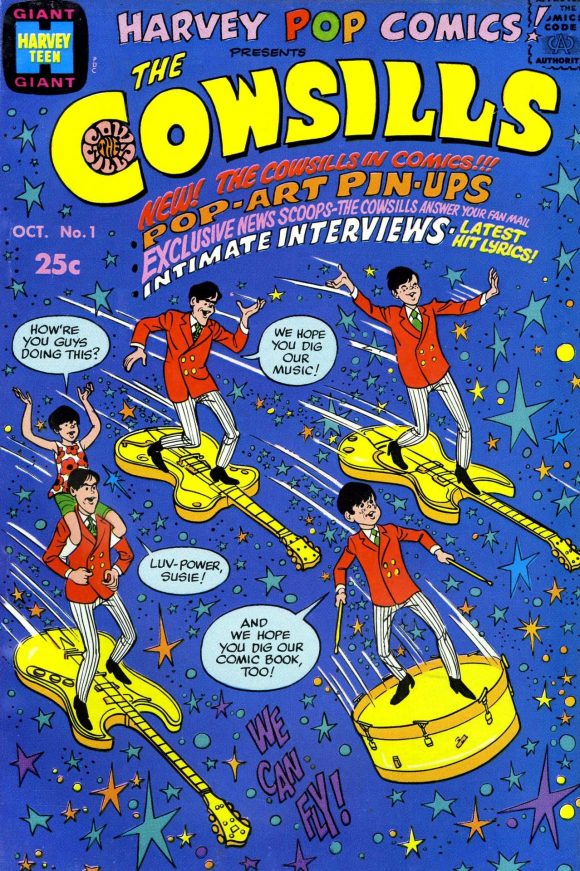
There was a second issue, but I never saw it at the time. I can’t say that I was a huge music fan, but I listened regularly to the legendary New York deejays of the day and knew my Beatles from my Rolling Stones. And, yeah, the Cowsills. They were the hot shit du jour specialty act/rock band, a family that made music together in perfect harmony, the model for the successful TV “family” band the Partridge Family.
The Grand Comics Database lists nothing but question marks in the credits for this 68-page, 25-cent comic, except for Don Selig as the cover artist. I’m not up enough on Harvey artists to venture a guess myself, though several of the stories appear to be the work of artist Ernie Colon.
Coming from an unhappy home, I was attracted to these upbeat, happy family tales; I was crushed to learn the dysfunctional truth years later in the heartbreaking documentary, Family Band: The Cowsills Story (2011).
—
4. The Incredible Hulk #1–6 (Marvel Comics, May 1962–May 1963)
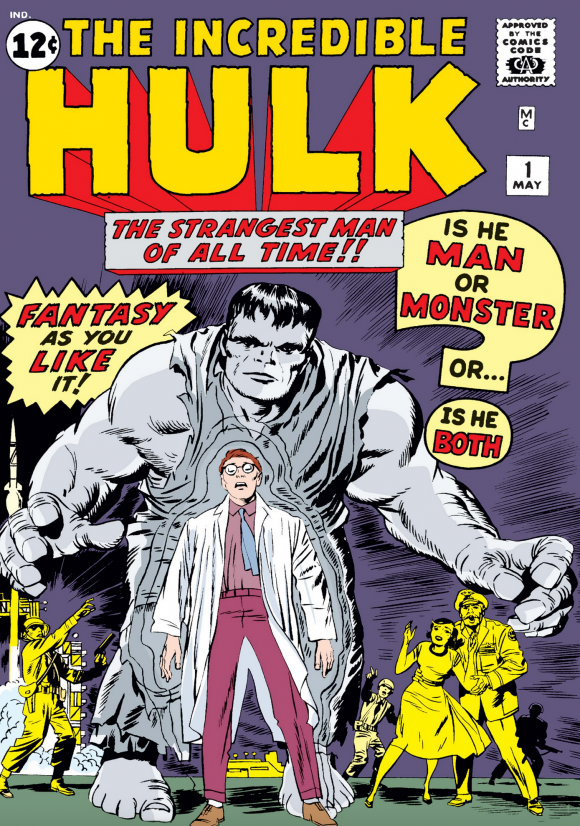
If I had to choose one 1960s Marvel series to take with me to a desert island, it would be the 1962’s The Incredible Hulk. Stan Lee and Jack Kirby’s (inked by Paul Reinman, Dick Ayers, and one of my favorite Kirby inkers, Steve Ditko) take on the Frankenstein monster stood out to me above most of the other early Marvel series.
Freed from writing about simple black-and-white, good-versus-evil superheroes, the primal nature of the Hulk gave Stan a chance to dig a little deeper into the characters of Bruce Banner and Rick Jones and really play up the pathos of man’s struggle against the evil that’s inside all of us.
—
5. Bat Lash #1-7 (DC Comics, October/November 1968-October/November 1969)
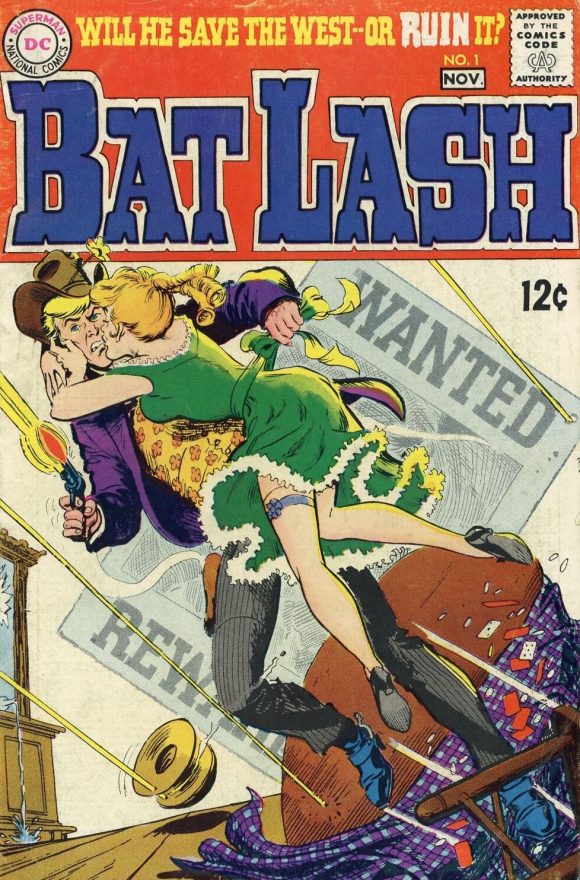
Plus, of course, the debut story in Showcase #76 (August 1968), giving us eight issues of the cleverest comic book Western ever published. Bat Lash is a ne’er do well gambler, womanizer and devout pacifist. Asking readers if Bat Lash would “Save the West or Ruin it?” he was a group creation of Carmine Infantino, Joe Orlando, Sheldon Mayer, Sergio Aragones, Denny O’Neil and Nick Cardy.
Set in the Wild West, Bat Lash was a satire that told stories as relevant to the current events of the time as those written by Denny for Green Lantern/Green Arrow soon after. Nick Cardy, best known for his long runs on Aquaman and Teen Titans, delivered some of the finest work of his illustrious career here, and that’s saying a lot.
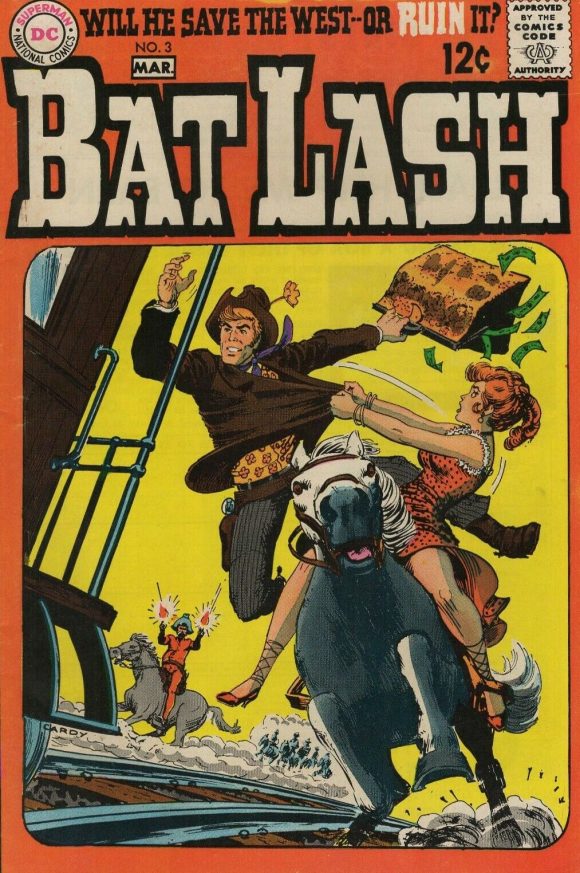
Others have tried their hands writing Bat Lash, but to my mind, he’s a character so rooted to the time, place and talents of the men who created his original adventures that no one else will ever be able to get him quite right.
—
6. Hercules, Adventures of the Man-God #1–13 (Charlton Comics, October 1967 – September 1969)
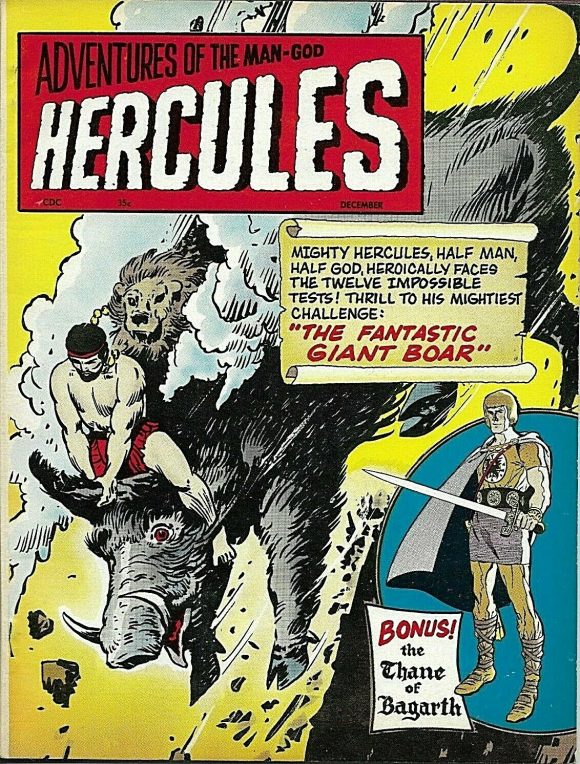
I was already a bit Hercules-crazed in the late-1960s thanks to the syndicated (but not very good) Mighty Hercules cartoon series when Charlton’s Hercules, Adventures of the Man-God hit the newsstand. Hercules, Adventures of the Man-God was much better.
Written by Joe Gill (with many early stories scripted by Denny O’Neil under his Sergius O’Shaughnessy pen name), the real star of this comic book was artist Sam Glanzman. Best known for his DC Comics war stories, Sam was a frequent Charlton contributor and his work on this mythological strip was exquisite. Every issue’s cover could have stood as a poster for a Steve Reeves movie.
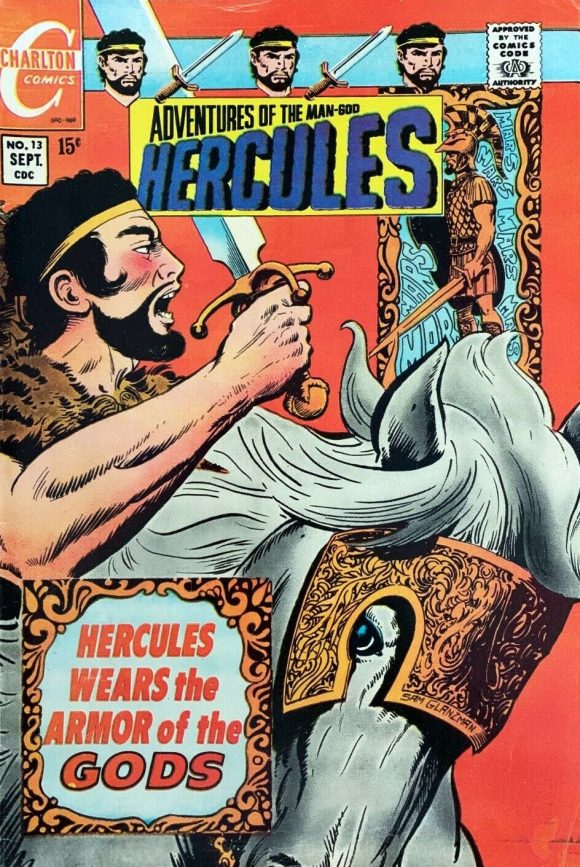
Oh, and triple bonus: the Glanzman Hercules stories were backed up by Thane of Bagarth, a Beowulf-era fantasy-adventure strip courtesy of writer Steve Skeates and artist Jim Aparo.
—
7. Peacemaker #1–5 (Charlton Comics, March 1967-November 1967)
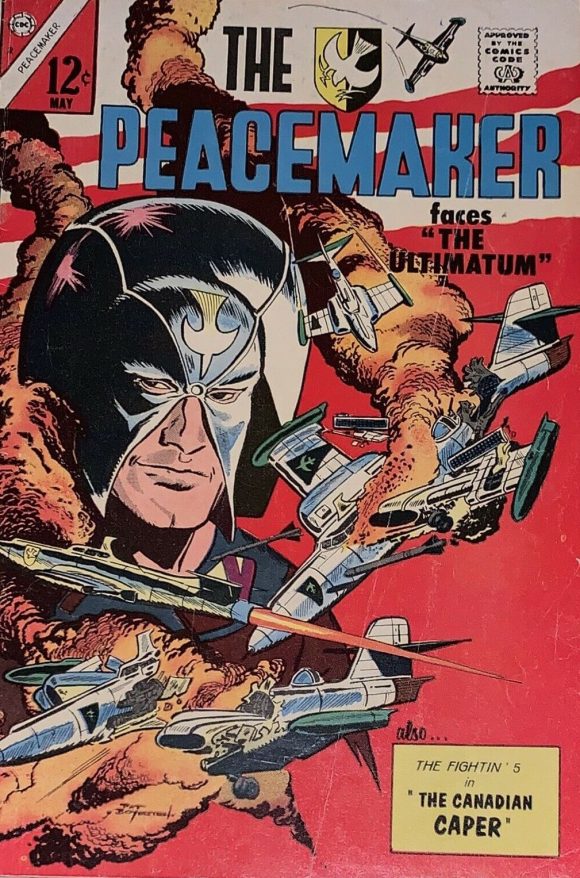
Peacemaker was, until recently, one of those weird heroes with a cult following whose fans knew what the rest of you didn’t: Peacemaker was freakin’ awesome! Now, with a featured role coming in the second Suicide Squad movie and a starring role in his own TV series (played by John Cena) as the loose cannon superhero who “loves peace so much he’s willing to kill for it,” everybody’s a fan.
But those of us who remember Joe Gill and Pat Boyette’s more merciful hero — who was only willing to go so far for peace as to “fight for it” — understand the thrill of these kinder, gentler espionage thrillers. Peacemaker also offered up a back-up slot for Gill (later Steve Skeates) and Bill Montes/Ernie Bache’s continuation of the mercenary strip, Fightin’ 5.
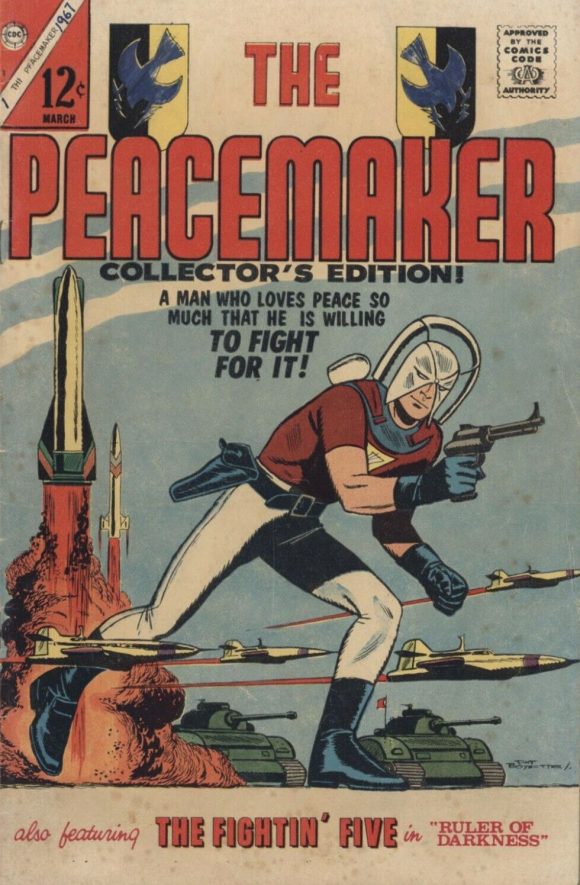
I made my contribution to Peacemaker 20 years later, turning him from wealthy do-gooder to the wealthy psychopath you know and love today (you’re welcome) in the pages of Vigilante and his own miniseries, but deep down, I know the real Peacemaker still lives back in 1967.
—
8. Peter Cannon, Thunderbolt #1, #51-60 (Charlton Comics, January 1966, March/April 1966–November 1967)
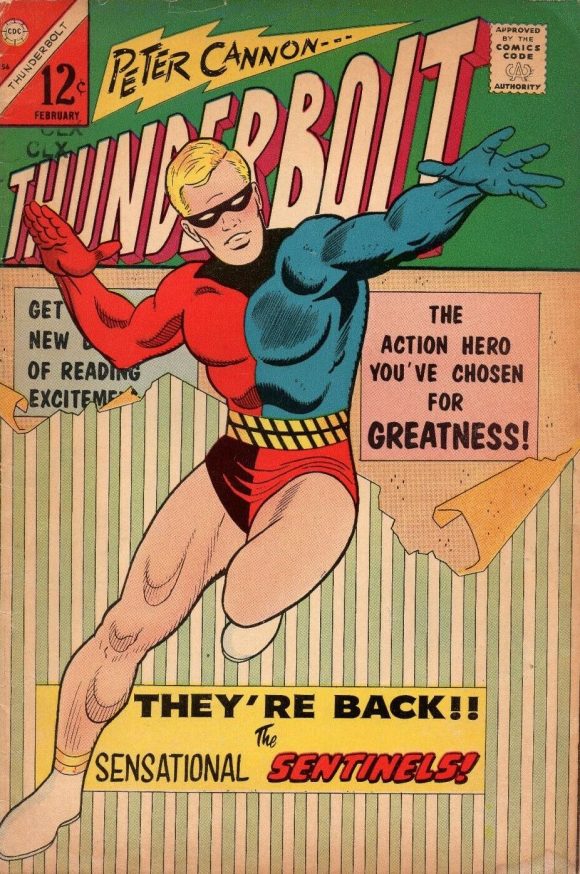
Might as well get all the Charlton titles out of the way in one fell swoop. Although this one comes with a Charlton “Weird Numbering Alert,” with a #1 in January, followed by a month’s gap before coming back with #51, picking up the numbering from the cancelled Son of Vulcan title. Don’t ask. All you need to know is Peter Cannon is a young man raised by Tibetan monks and trained to the peak of physical and mental condition and goes out into the world to righteously kick evil’s butt.
The strip was created by Charlton mainstay Pete Morisi, co-creator of Johnny Dynamite, who signed his work “P.A.M.”; he was an NYPD cop at a time when they weren’t allowed to moonlight. The strip had its own unique look and feel, thanks in equal parts to Pete’s sparse copy and his lean, open drawing style.
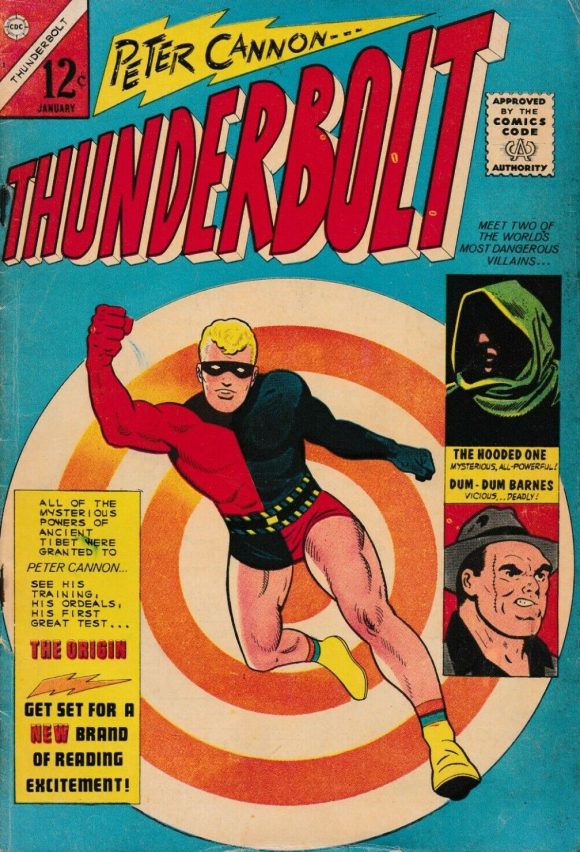
A quarter of a century later I would edit the DC revival of Peter Cannon by Mike Collins, and even get a chance to write him in a few stories. While respecting the roots of a character is part of the job, I was always extra conscious of this particular character’s connection to its creator.
—
9. T.H.U.N.D.E.R. Agents #1-20 (Tower Comics, November 1965–November 1969)
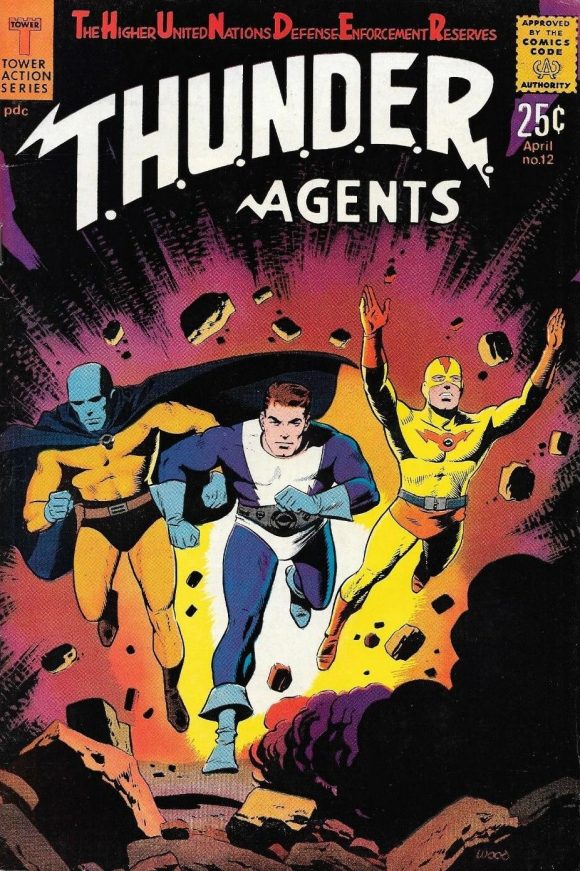
Also known as Wally Wood’s T.H.U.N.D.E.R. Agents, there were also four-issue Dynamo and two-issue NoMan spin-offs, not to mention six issues of the unrelated Undersea Agent. This was the time someone handed the brilliant and mercurial Wally Wood (with writer Len Brown) the keys to his own comic book line and said, “Go crazy!” and he kinda did.
Starring Dynamo (super-powers via a gizmo), NoMan (old scientist’s mind in the brain of android bodies he can jump between at will; also possesses a cloak of invisibility), Menthor (mind-reading helmet), Lightning (super-speed suit), and others, T.H.U.N.D.E.R. Agents also featured a hot Wally Wood villainess in armor, the Iron Maiden and art, in addition to Wood, by the likes of Gil Kane, Steve Ditko, Mike Sekowsky, Chic Stone and Paul Reinman.
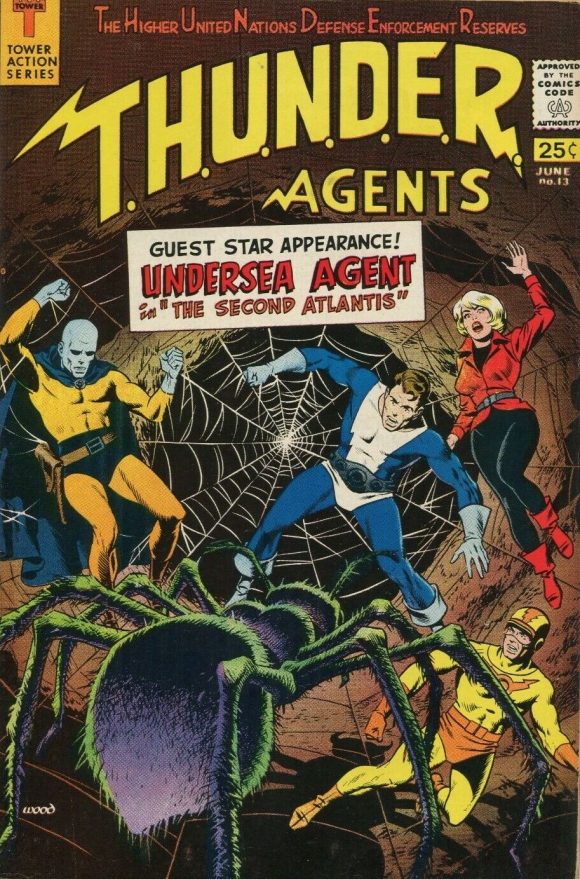
—
10. The Mighty Crusaders #1-7 (Archie Comics, November 1965–October 1966)
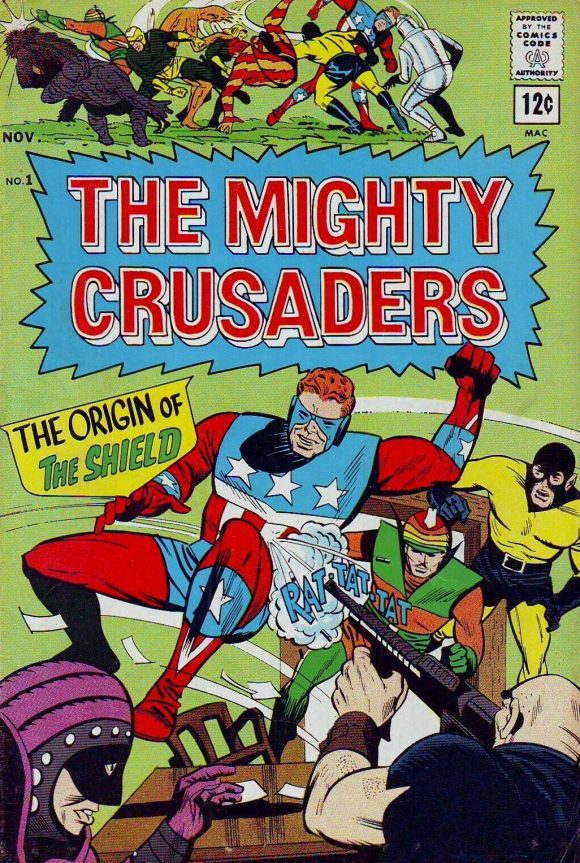
Speaking of Paul Reinman… Despite the switchover from MLJ Comics — Golden Age publishers of superheroes like the Shield, Steel Sterling, Comet, the Hangman and the Web — to Archie Comics, publishers of, you know, Archie comics, the company did keep an eye on the superhero market, launching a few titles in the 1950s/early-1960s like Jaguar and The Fly, and then going briefly all-out to take advantage of the mid-decade Pop Art craze.
The Mighty Crusaders was an update of the original 1940s heroes, a team book a la Justice League of America, that acknowledged the age of the characters and sometimes even the absurdity of what they were doing. The Web, son of the original web, became a sort of sitcom superhero, having to sneak out of the house to go into action because his wife was always nagging him for farting around in the costume.
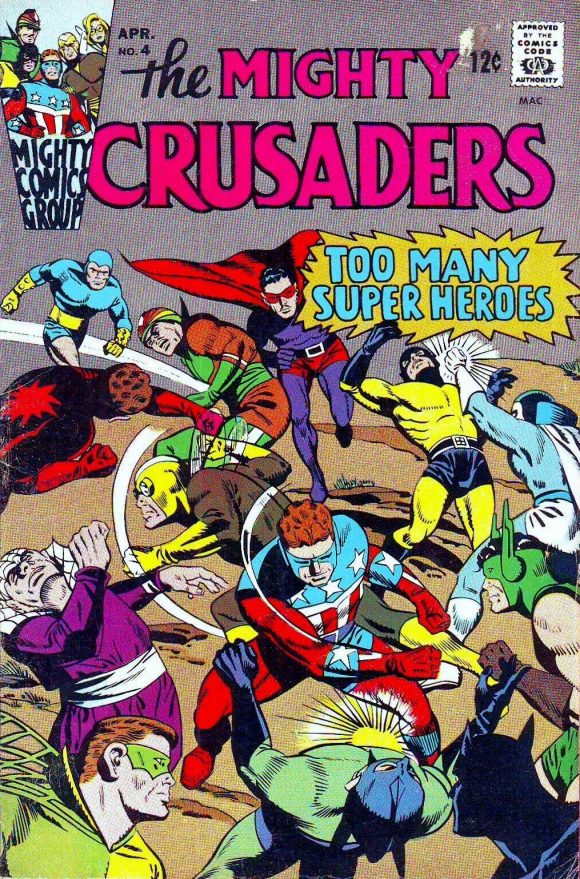
The stories, an awkward attempt at imitating the Stan Lee/Marvel tone if not formula, were written by Superman co-creator Jerry Siegel and drawn by Paul Reinman in what I can only assume was an attempt to imitate the dynamism of Kirby. The closest thing to Marvel-like these books came was the lettering by Sam Rosen. But, the heart wants what the heart wants…
—
11. The Spirit #1–2 (Harvey Comics, October–March 1967), Fighting American #1 (October 1966), Double-Dare Adventures #1 (Harvey Comics, December 1966), Top Secret Adventures #1–3 (Harvey Comics, September 1966-February 1967), Jigsaw #1–2 (Harvey Comics, September-December 1966)
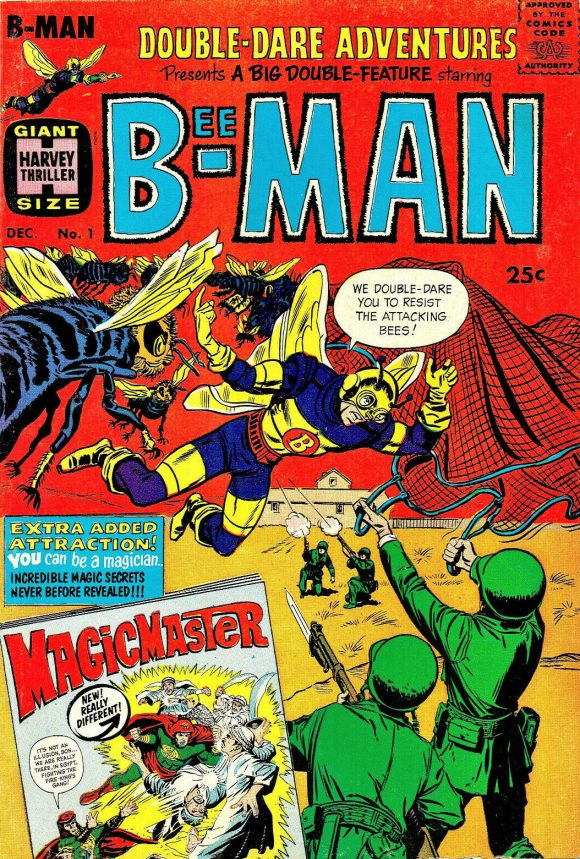
Harvey Comics were Casper the Friendly Ghost. Richie Rich. Hot Stuff. And all the Littles; Lotta, Dot, and Audrey. They were Sad Sack (I loved Sad Sack!). They weren’t superheroes until, yes, they jumped into the 1960s boom with a string of little gems. Well, The Spirit, Fighting American and Double-Dare weren’t so little; they were “Giant Size Harvey Thrillers,” 64-pages for 25 cents!
But the king of kiddie comics took a swing with a trio of new heroes: B-Man by Otto Binder and Bill Draut; Spyman by Joe Simon, Jim Steranko, Dick Ayers and George Tuska; and Jigsaw, created by Joe Simon, written by Otto Binder, with art by Tony Tallarico. Their appeal, even then, was their clueless kitchiness.

The Spirit (reprints of the original newspaper comic sections, with each issue including a new story by Will Eisner) and Fighting American (reprints of the 1950s Joe Simon/Jack Kirby attempt to recreate the Ol’ Glory of Captain America) were there to class up the joint.
—
12. Captain America #110–111, 113 (Marvel Comics, February-March, May 1969)
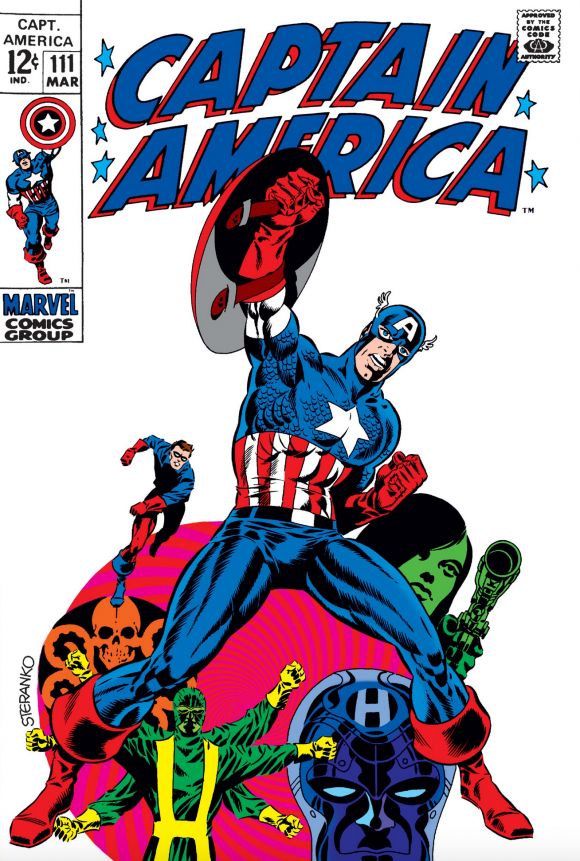
While this seriously stretches the definition of short-lived series, I’m going to make an exception for this trio of Jim Steranko created (and Joe Sinnott inked) issues of Captain America.
Steranko had popped up at Marvel in 1965 on the Nick Fury, Agent of S.H.I.E.L.D. feature in Strange Tales and quickly became the most exciting visual creator in comics, the bombastic yin to Neal Adams’ photorealistic yang. The art leapt from the page and Steranko’s writing, very much in the over-the-top Stan Lee/Roy Thomas/Marvel tradition, was explosive. Spies and intrigue, Rick Jones becomes the new Bucky, and a ripped Cap versus a berserker Hulk, all of it in a film noir setting that was like nothing I’d ever seen before in comics. Make Mine Marvel… at least for this one.
—
13. Beware the Creeper #1-6 (DC Comics, May/June 1968–March/April 1969)
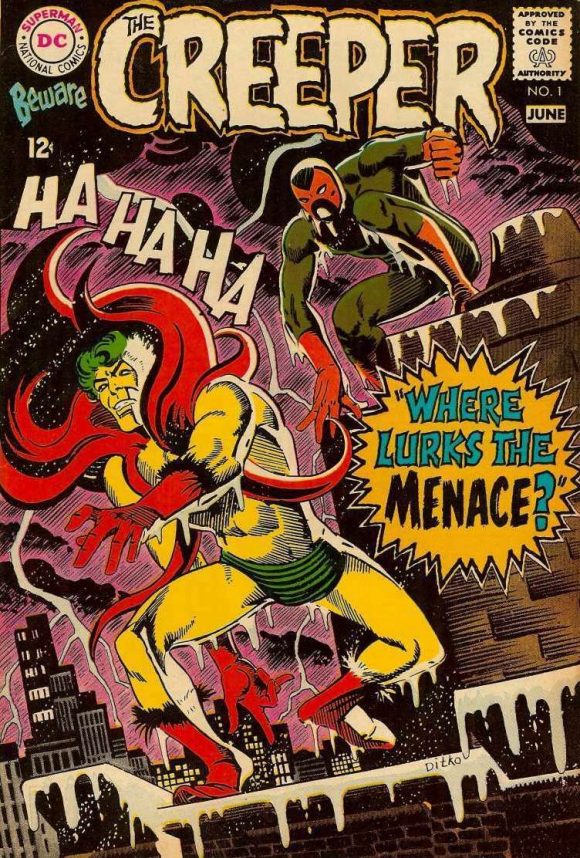
The first issue of Amazing Spider-Man I ever bought off the newsstand was Steve Ditko’s last, #38 (July 1966), but I knew his work could still be found in abundance in the pages of numerous Charlton Comics and, briefly in 1968, for DC Comics.
Ditko had been convinced to test the waters by Dick Giordano, who had recently moved over there from Charlton, if I recall correctly, but the waters didn’t turn out be to his liking; he lasted about a year at DC, leaving both series he’d launched to be finished by other hands, The Hawk and the Dove, and Beware the Creeper.
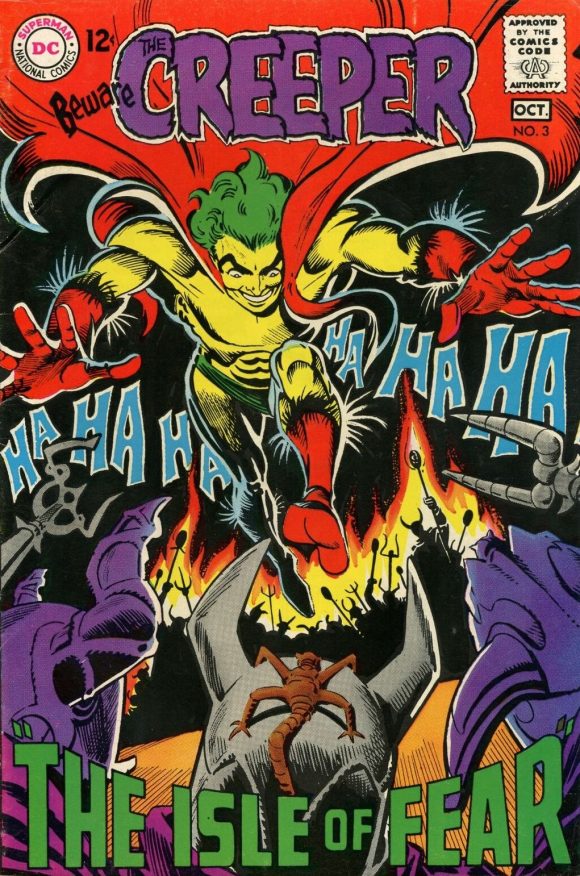
Ditko creations right down to the philosophical DNA, DC nonetheless assigned writers to dialogue his stories, Steve Skeates on Hawk and Dove, Denny O’Neil on Creeper. In retrospect, I can understand the editorial reasoning behind it; Ditko’s dialogue could be strident and shrill, but the artist rightfully felt disrespected by his treatment and returned to Charlton where he could continue to write and draw whatever he wanted without editorial interference. But these antic Creeper stories were a little injection of Marvel-like lunacy into the still stodgy DC universe while they lasted.
—
Paul Kupperberg has been writing comic books from Archie to Zatanna for 45 years at DC, Archie, Charlton, Marvel, Bongo and others. He is also the author of Paul Kupperberg’s Illustrated Guide to Writing Comics (Charlton Neo Press); I Never Write for the Money… But I Always Turn in the Manuscript for a Check (Comics Career); the comic book industry-based murder mystery The Same Old Story, the short-story collection In My Shorts: Hitler’s Bellhop and Other Stories, and JSA: Ragnarok (all from Crazy 8 Press), all of which are currently — or shortly will be — available at Amazon.
—
MORE
— PAUL KUPPERBERG: My 13 Favorite 1960s Comic Book Books. Click here.
— PAUL KUPPERBERG: My 13 Favorite 1960s DC 80-PAGE GIANTS. Click here.

October 24, 2020
I remember reading Top Secret Adventures #1 in the hospital when I was there for some tests to determine why I was such a thin kid for my age (turned out it was just my metabolism). I was fascinated by the whole robot hand thing, and thought it was a cool book.
October 24, 2020
What????? How could you ignore The Secret Six?????
Never finding out who Mockingbird was was one of the great tragedies of my childhood!
(And don’t try to tell me it was revealed later – doesn’t count, it wasn’t real)
November 25, 2020
So many great series, so few slots!
I asked E. Nelson Bridwell who Mockingbird was. He wouldn’t tell me.
October 6, 2023
Paul, I always enjoy how your articles inspire me to go back for a fresh look at what was once. I’ve discovered some great stories that I had forgotten or never seen before. While I can’t pick up new work by Gil Kane today, I can purchase back issues of Captain Action and discover something new (for me). Or Steve Ditko… After reading Twomorrows recent publishing of “Working with Ditko”, I’ve been on a kick to find all the old Ditko I may have passed over in the day. Some great stories in Time Warp for example to discover. https://twomorrows.com/
I have several of the issues you mention. I especially enjoy the Creeper and Hawk and Dove issues. The Mighty Crusaders is a favorite of mine too.
I don’t understand, if DC liked what Steve was doing at Charlon to bring him over, why would they then treat him contrary to how he should have been? Did they give him that chance to write and found it lacking? A smart editor would find a way to work with the talents of his creators and see if common ground could be found with a partnership between Steve and the writer. Co-scripter? Shoot…to advertise a new comic created by the creator of Spider-Man etc….. missed opportunity there.
August 16, 2023
I loved the concept and potential of Captain Action, and was a huge fan of Wally Wood’s art. I liked the concept *much* better than that of the toy. There were problems from the start. I did *not* like the idea that there was only one set of “gods,” known by different names, so that Zeus was Thor, Hercules was Vidar, etc. I preferred Marvel’s version of separate pantheons. And I couldn’t help but see Krellik as a Luthor knock-off.
I totally hated the way they *drastically* powered Cap down in ish. 3. I always figured it was because one of the “suits” realized he was way more powerful than the Big Blue Boy Scout, and that could not stand. I noticed right away that, in contrast to the first two issues, suddenly there were no references to the larger DC universe. I took that as a bad sign.
I think it was pitiful that they only gave the title five issues to find an audience. That’s only two issues longer than ZHA-VAM lasted as a guest-villain the previous year.
October 6, 2023
Born in 1960, I missed a era of great art, that some I would only find in DC 100 page spectaculars (RIP). Except for grandma’s house. How she got Peter Cannon ( mixed in with Disney and Archies) I won’t know or complain.
Creeper was fantastic. What young boy doesn’t dream of going to a costume party, having a device implanted and changing into a super strong, acrobatic laughing hero??
October 6, 2023
As long as you included Captain Action and Bat Lash, it didn’t really matter what else you mentioned because you’d already gotten my vote! You could’ve included Brother Power and Tod Holton and it still would’ve been a good list!
October 7, 2023
I got a Captain Action/Captain America doll (uh, “action figure”) for Christmas way back when. I may still have that little shield in a crate somewhere!
October 22, 2023
Thanks for the bit on T.H.U.N.D.E.R. It solves a fifty-year-old mystery for me! I got a used copy of an Inferior Five (#1?) in the early 70s and didn’t know who the baddies were spoofs of (“Missing Fink,” among others!) Thanks for clearing that up! (I don’t know how my comment about the Capt. America action figure got on here!)
February 17, 2024
I’ve always enjoyed the Creeper! I wish he got more love from DC nowadays.